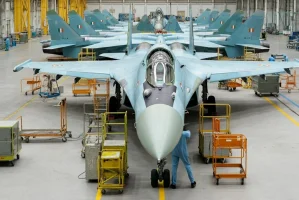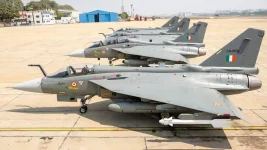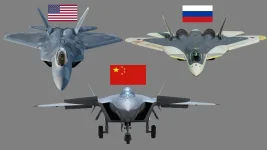- Views: 1K
- Replies: 15

New Delhi, India – Indian military forces are preparing to take a significant leap towards integrated operations. In a strategic move designed to boost efficiency and coordination, the Indian Air Force (IAF) and Indian Army will synchronize their maintenance crews for several shared aerial platforms.
This news was revealed by Air Chief Marshal VR Chaudhuri in a discussion with Nitin A. Gokhale, Editor-in-Chief of Bharat Shakti.
Streamlining Operations: The ALH-Dhruv and Beyond
The initial focus of this collaborative effort will be on the ALH-Dhruv, an advanced utility helicopter operated by both the Army and the IAF.Currently, each force maintains its own crews to service the helicopter. By consolidating maintenance, the Indian armed forces stand to gain several benefits:
- Improved efficiency: Synchronizing maintenance teams will reduce redundancies and create more streamlined procedures. This could significantly shorten turnaround times for maintenance operations and make better use of available resources.
- Enhanced expertise: Combining the experience and knowledge bases of IAF and Army maintenance personnel will lead to a deeper understanding of these platforms and their maintenance requirements, potentially uncovering new best practices.
- Optimized costs: Through shared resources and reduced duplication of efforts, this initiative has the potential to reduce overall maintenance costs.
The Future of Interoperability
The decision to synchronize maintenance crews indicates a major move towards greater collaboration and joint efforts between the Indian Air Force and Army.This has positive implications for operational efficiency, resource optimization, and ultimately, a stronger and more coordinated national defense strategy.



